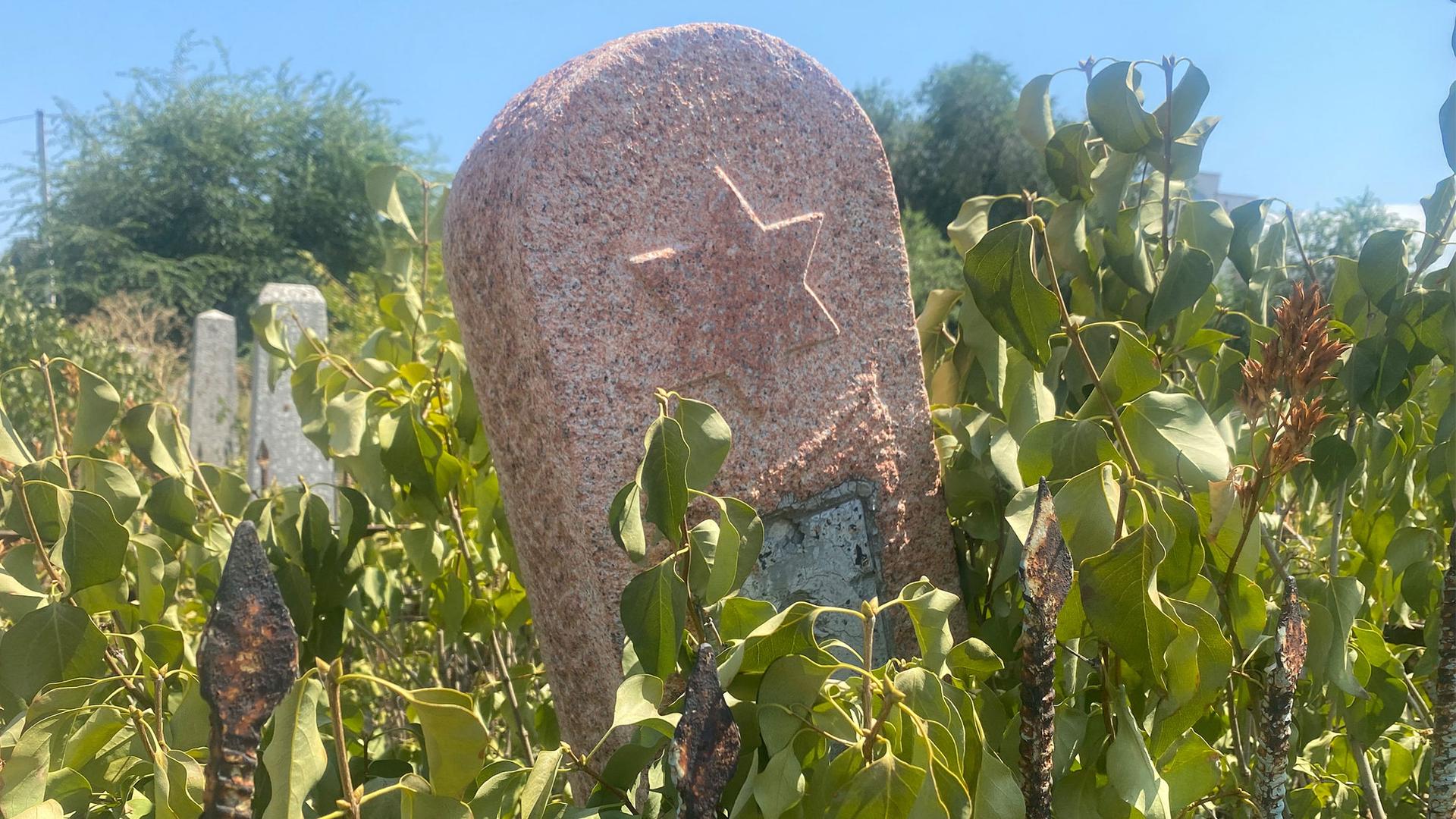When Robert Singer traveled to Kyrgyzstan several years ago to see the place where his half-sister is buried, all he found was an empty field in the village of Sretenka.
There were no graves in the cemetery where Singer’s mother buried his half-sister during World War II. Village testimonies, along with archival documents, provided some of the only evidence that the empty field once served as a cemetery.
“Local villagers [in Sretenka] told us many times that people wanted to build there, and they didn’t allow them to because they knew many Jews are buried in this area,” Singer said.
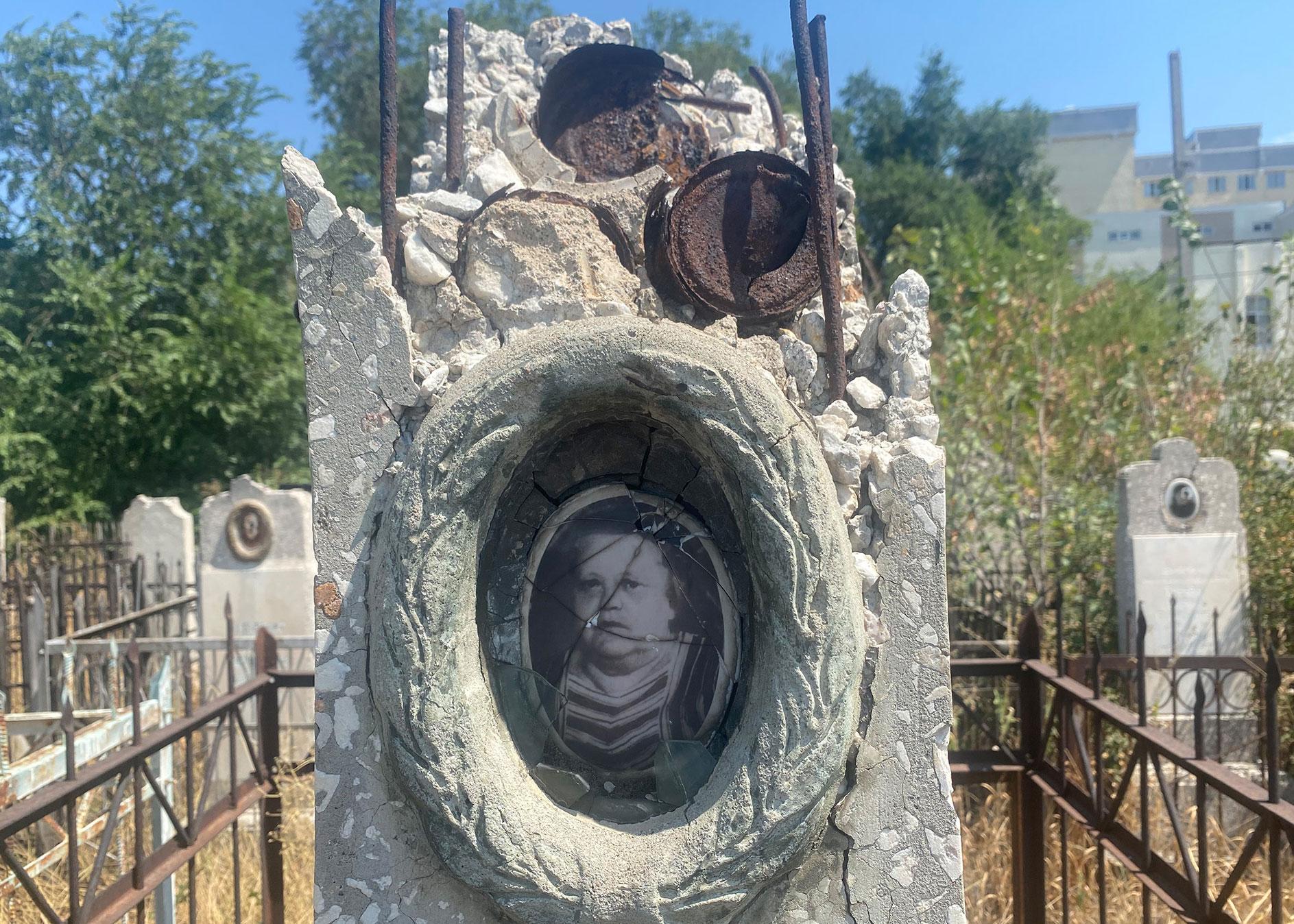
Singer’s mother was one of an estimated 40,000 Jews who fled fighting in the western part of the Soviet Union during World War II and sought refuge in Central Asia. His mother escaped what is now Moldova and arrived in Kyrgyzstan with three of her sisters and a baby daughter who later died. The rest of his mother’s immediate family perished in the war.
Locals in Sretenka took in Singer’s mother and hundreds of other Jews during the war. In Soviet times, private property didn’t exist, so Singer said local families didn’t charge the displaced Jewish families rent.
“They [locals in Kyrgyzstan] literally saved the Jewish population,” Singer said.
“I never heard from my mother one complaint, one negative word, about what happened during the war. Despite all the difficulties and pain, it was just the best memories, about friendship.”
Singer’s mother went to what is now Ukraine after the war, but many Jews remained in Kyrgyzstan and other parts of Central Asia for generations. Most Jews eventually left countries like Kyrgyzstan in the ‘90s after the fall of the Soviet Union and emigrated to Israel, Europe and the United States.
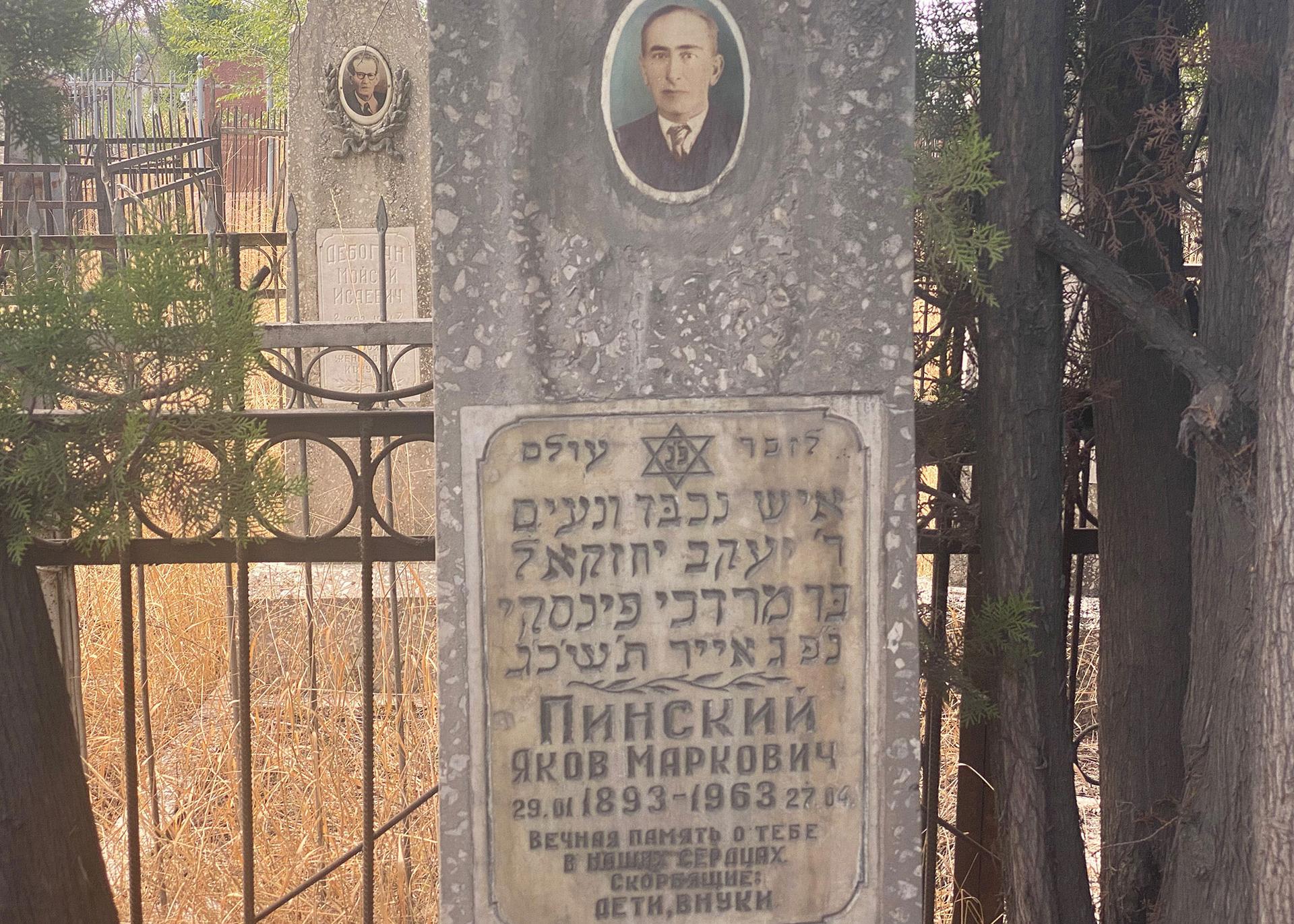
Jewish history in Central Asia
Today, only about 1,500 Jews still live in Kyrgyzstan. A synagogue and a Jewish school remain in the capital, Bishkek, and a memorial dedicated to the Jewish population in Kyrgyzstan was recently put up at the cemetery in Sretenka. But other physical memories of this recent history are fading.
Jews have lived in the Central Asian region for centuries, some working as traders along the Silk Road. Irena Vladimirsky, a historian at Achva Academic College in Israel, said that in the early years of the Soviet Union, citizens didn’t have the right to move freely. But Soviet authorities sent specialists from what is now Russia, Belarus and Ukraine — many of them Jews — to places like modern-day Kyrgyzstan to develop the region.
“They were mostly Soviet authorities, Party members and later, intellectuals, doctors and academicians [who were sent] to establish institutions for higher education,” Vladimirsky said.
Many Jews were also forcibly exiled to Central Asia, including Vladimirsky’s own family. Starting in the 1920s, both landowners and political opponents of Soviet leadership were sent to Central Asia. More political exiles followed in the ’30s during Joseph Stalin’s purges. Vladimirsky’s great-grandfather was wealthy and openly opposed the revolutionary Bolsheviks, so he was exiled from Ukraine (then a part of the Soviet Union) to Central Asia. He wound up in the KarLag labor camp in Kazakhstan — one of the largest in the Soviet Union — where many prisoners were put to work mining coal.
“My great-grandmother traveled all the way from Ukraine with six children to join him there and [all she could do was] pray that someone would give him the opportunity to see his family, because he worked in the labor camp,” Vladimirsky said.
Not all Jewish families in Central Asia have such a clear understanding of their past. Soviet authorities attempted to ban religion and the topic was taboo. Some Jewish families kept silent about their religion and family histories even after the Soviet Union collapsed.
“That habit not to share this information with anybody just for safety reasons, it still remained in place,” said George Kolotov, a photographer who spent his youth in Kyrgyzstan, but now lives in Maryland.
Kolotov said that growing up, he knew that his family had some Jewish ancestry, but they weren’t religious and he still doesn’t have all the details about that history. And as an adult, he struggled to define his identity.
“We were raised as a people of the Soviet Union, we had no particular identity,” Kolotov said. “After the collapse of the Soviet Union, we actually couldn’t find ourselves — who we are, who we belong to.”
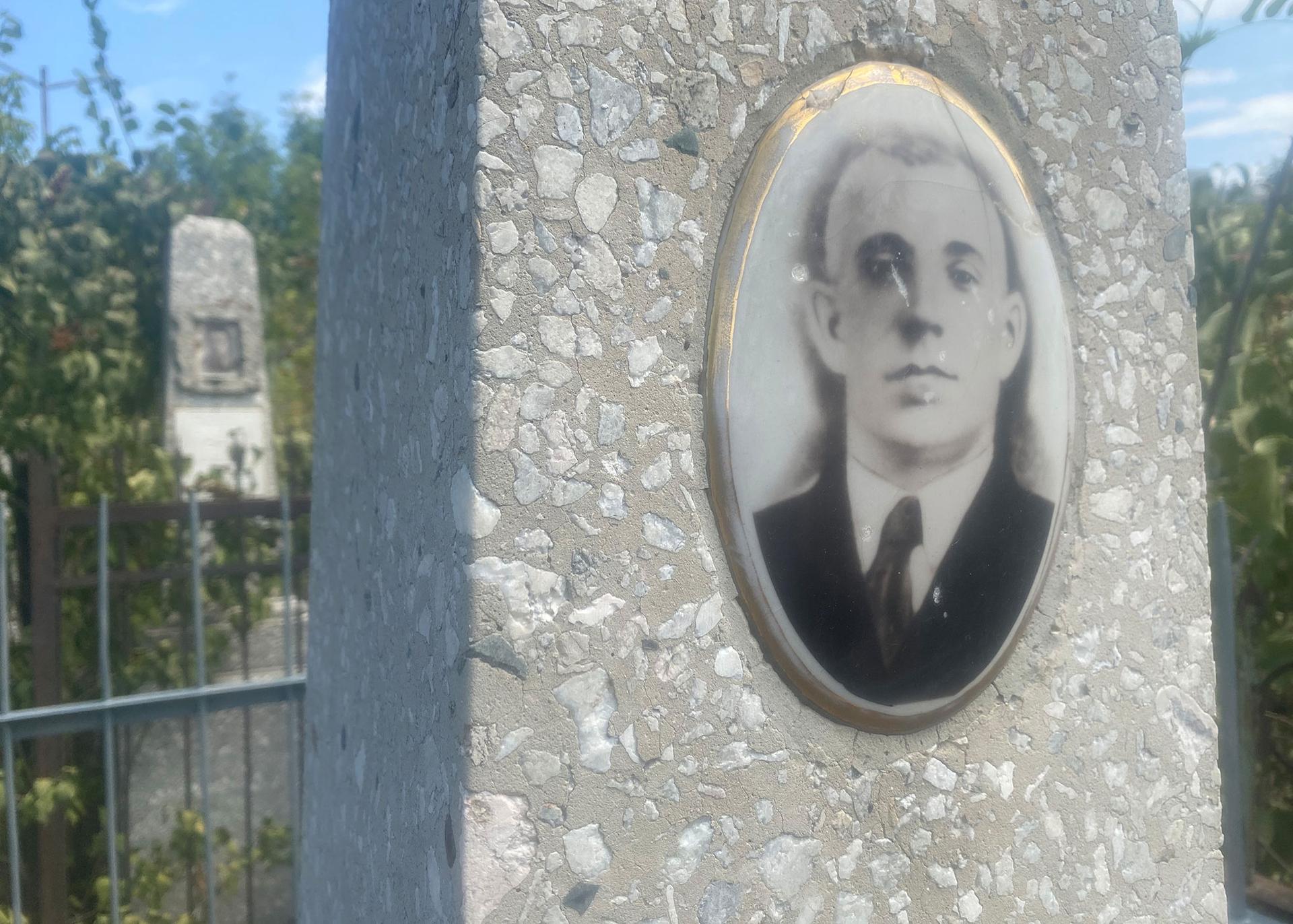
A small, but thriving Jewish community
For some of the Jews that remain in Kyrgyzstan, community life and a sense of identity centers around a Jewish school in Bishkek. The school holds many Jewish events, helping to keep the community together. But earlier this year, some locals tried to shut it down.
Last winter, city council members and local residents gathered outside the school calling for its closure. Kyrgyzstan faces a chronic shortage of schools to educate the rapidly growing youth population, and opponents argued that the Jewish school took away much-needed classroom space from local Kyrgyz students. The threats to close the school were a sign to some of just how fragile the small Jewish community in Kyrgyzstan remains.
“If the school closes tomorrow, then the Jewish community won’t survive,” said Singer, who is now the chairman of the Center for Jewish Impact and previously helped aid Jewish schools in remote communities like Central Asia.
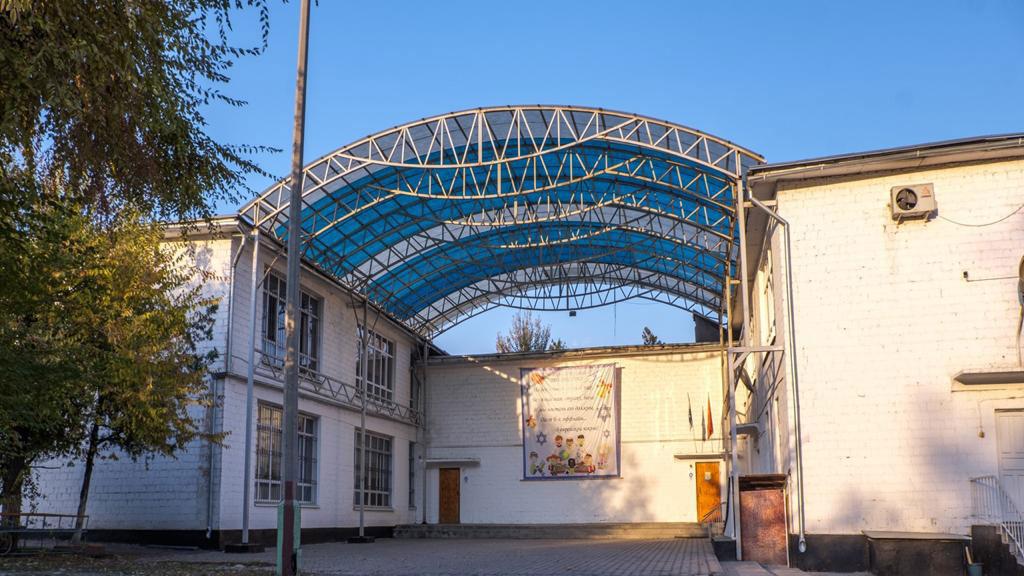
The school in Bishkek was ultimately saved from eviction by a direct order from Kyrgyzstan’s president. Despite these recent events, Vladimir Kristman, the director of the school, said that Kyrgyzstan has always been a very tolerant country.
“During the Soviet Union, there was almost no anti-Semitism in Central Asia,” Kristman said, “it was a welcoming place for everyone — not just Jews. And it’s the same today.”
For the moment, the Jewish community in Kyrgyzstan remains strong, but small. Jewish cemeteries in Kyrgyzstan serve as some of the most enduring physical remains of the community’s larger presence here.
In a far corner of the Ala-Archa Cemetery in Bishkek, a section of Jewish graves rises up from beside a brick wall alongside a gas station. There’s also a labyrinth of Muslim graves, some crowned with bright red Soviet stars. But the Jewish graves are adorned with Stars of David and most have inscriptions in Hebrew.
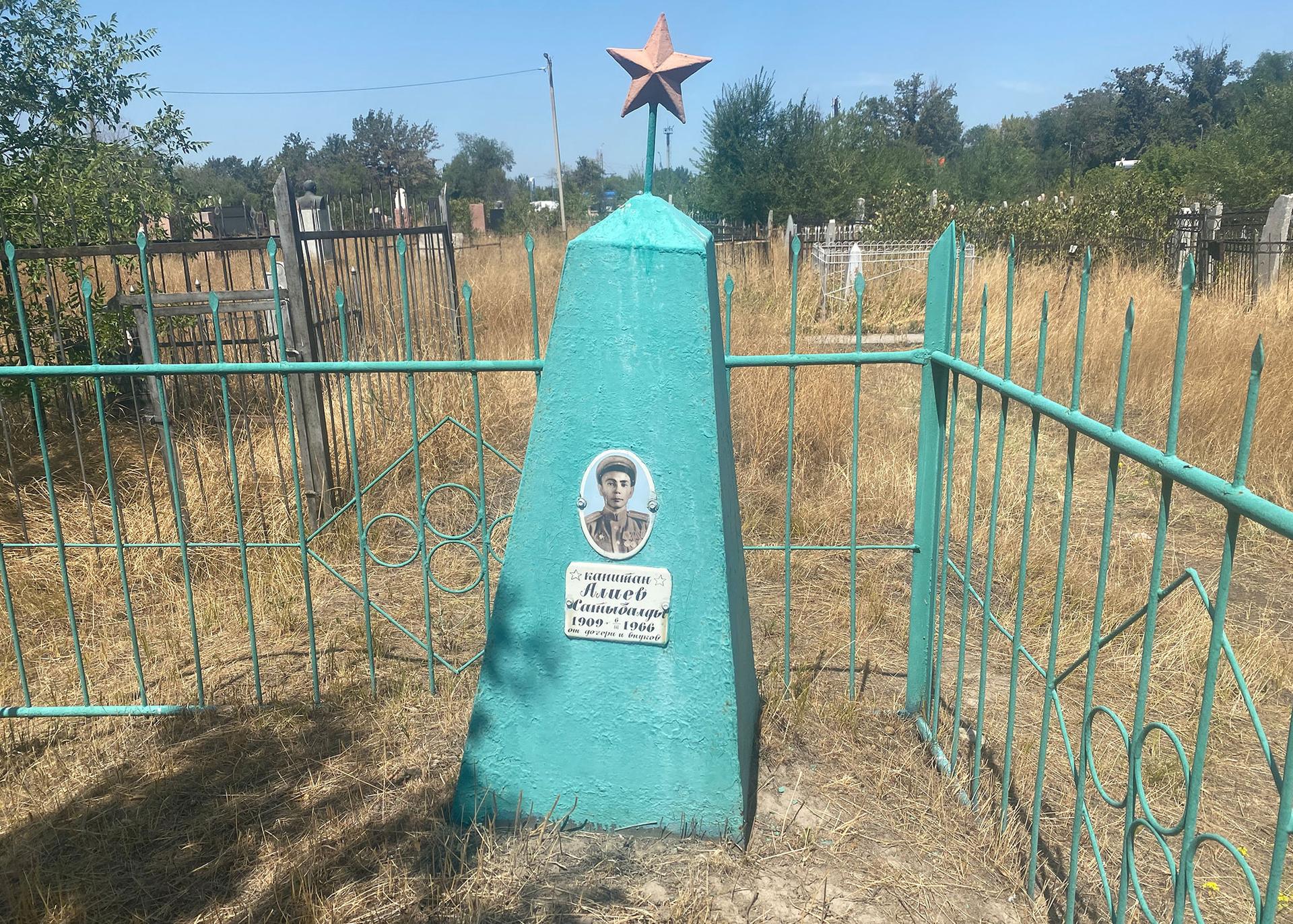
This corner of the cemetery is now slowly going back to nature, with trees and bushes growing up around Jewish graves. Some of the headstones have broken off and fallen onto the ground.
On a recent afternoon in the cemetery, several workers cut a path through a stand of lilac bushes growing up around a grave in the Jewish section. They swept off the dirt and left it immaculate.
The workers said that sometimes people from Israel call and ask them to clean up the graves where their families are buried, so their memory doesn’t disappear.
Related: Some Afghan university students find refuge — and hope — in Kyrgyzstan
